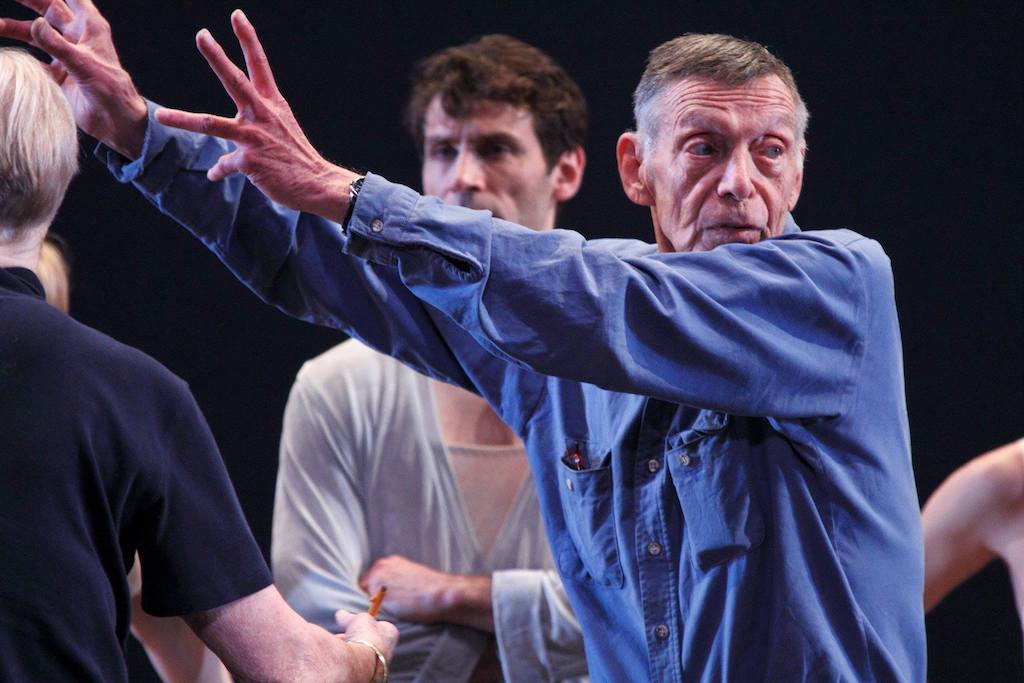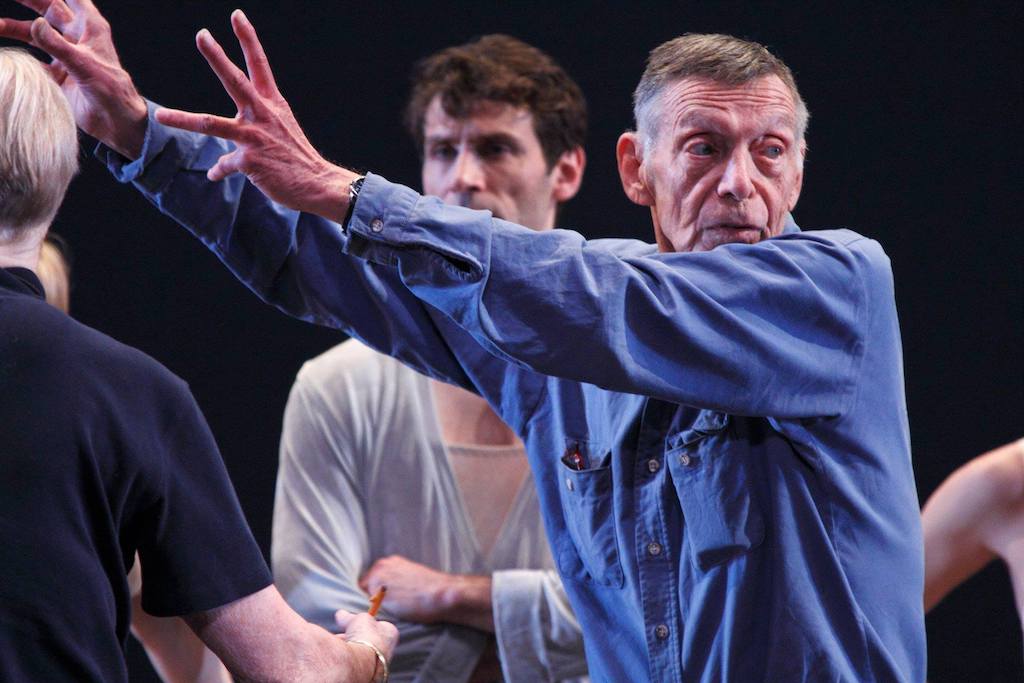[ad_1]

Paul Taylor.
COURTESY PAUL TAYLOR DANCE COMPANY
One of the most important figures in the field of modern dance, Paul Taylor has died at age 88, according to the New York Times. Historians of all kinds have admired many of Taylor’s pieces, but perhaps none more so than Aureole (1962), a work that famously combined the grace of ballet with more quotidian, everyday gestures, in the process merging the traditional and the commonplace.
Taylor’s experimental combinations of art and life attracted a coterie of art-world admirers during the 1950s and ’60s in New York, among them Robert Rauschenberg, whose quick-witted “combine” works dealt with the role of chance in art-making and the idea that anything, really, could be art if it was deemed as such. Rauschenberg’s sculptures appeared in the sets for some of Taylor’s works, though they engaged in more unusual collaborations, too, such as in the case of Taylor’s 1957 piece Epic, the title of which was deliberately deceiving. In it, Taylor, donning a suit and tie that had been selected by Rauschenberg, performed a series of plain motions, such as raising his legs. What sounded like a telephone line provided the soundtrack; snatches of dialogue such as “at the tone, the time will be” could be heard.
For Taylor’s fellow choreographers, pieces such Epic were prime examples of the many ways everyday life could be brought into dance. But Taylor wanted to bring painting and sculpture into the discipline, too, and so he often enlisted New York’s avant-garde artists to provide the sets or scenography for this work. (These sorts of collaborations have caused critics and historians to compare Taylor’s work to that of the Judson Dance Theater, an experimentally minded troupe that was active between 1962 and 1964 in New York.) Partly, this was done as an expense-saving measure—as Rauschenberg once pointed out, early on Taylor couldn’t afford not to work with artists, as opposed to more professional designers.
“Artists like Rauschenberg, Jasper Johns, and Ellsworth Kelly were happy to do sets for free—although that is not unusual because my designers always do sets for free. They were glad to have a place to display their work,” Taylor told the New York Times in a 1983 article that focused on his collaborations with artists. “In fact, in those days Rauschenberg and Johns sometimes worked for Gene Moore, the man who designs the windows at Tiffany’s and who has also done sets and costumes for me. They did Tiffany’s windows to pay the bills. Of course, they try to cover that up now that they’re famous. But it’s normal.”
Taylor’s widespread popularity caused some artists to go in a different direction from the dancer, but Alex Katz was not one of them. Between 1960 and 1986, the two worked together more than 10 times, most notably on 1978’s Diggity, for which Katz designed a set constructed from 35 aluminum sculptures of dog heads. The sculptures were sharp, and Katz was worried dancers might cut themselves on them. Taylor responded by having the dancers run between them instead of simply dance around them. “He’ll try anything,” Katz said of Taylor in the 1983 Times article, adding, “He has total confidence in his instincts. He’ll risk anything and he’ll give anything a try as long as it seems he is exploring new ground.”
[ad_2]
Source link

